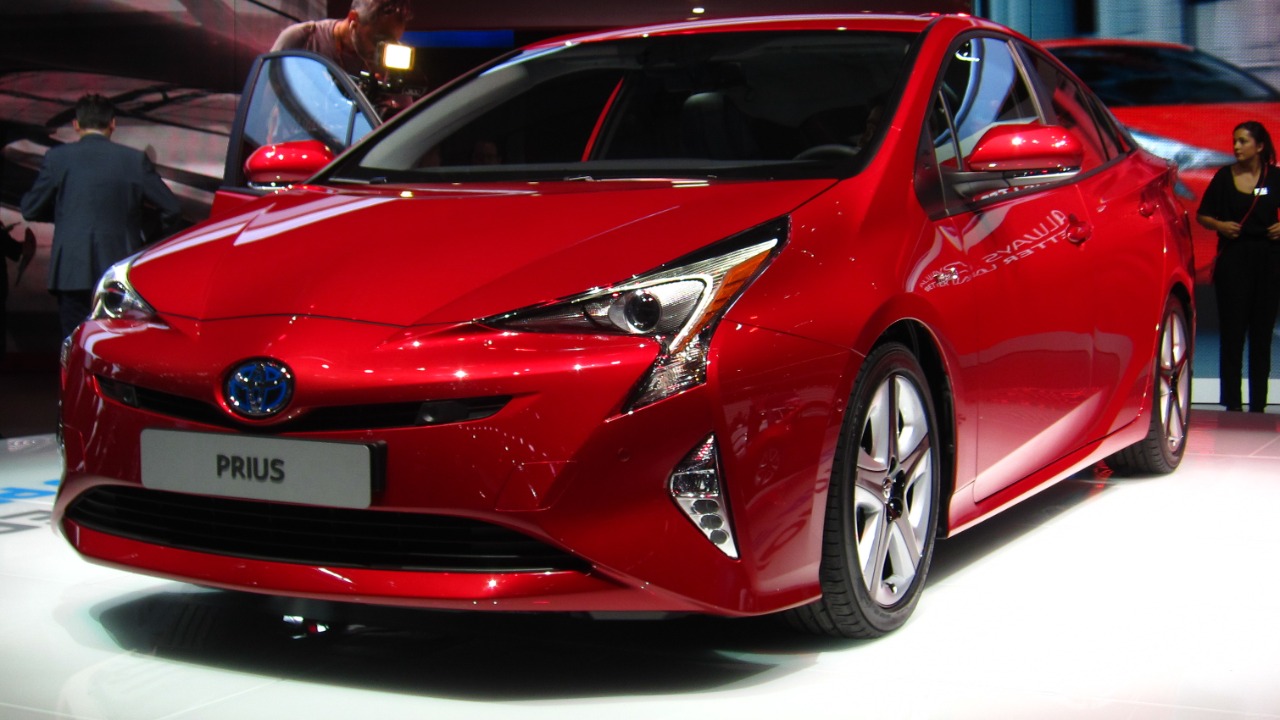
Whether you’re a car enthusiast or just a daily commuter, it’s helpful to know which vehicles might be a headache for mechanics. While these cars offer unique features and experiences, they can also present challenges in the repair shop. From luxury sedans to classic cars with custom modifications, here’s a look at the vehicles mechanics privately wish they’d never have to fix.
Luxury European Sedans
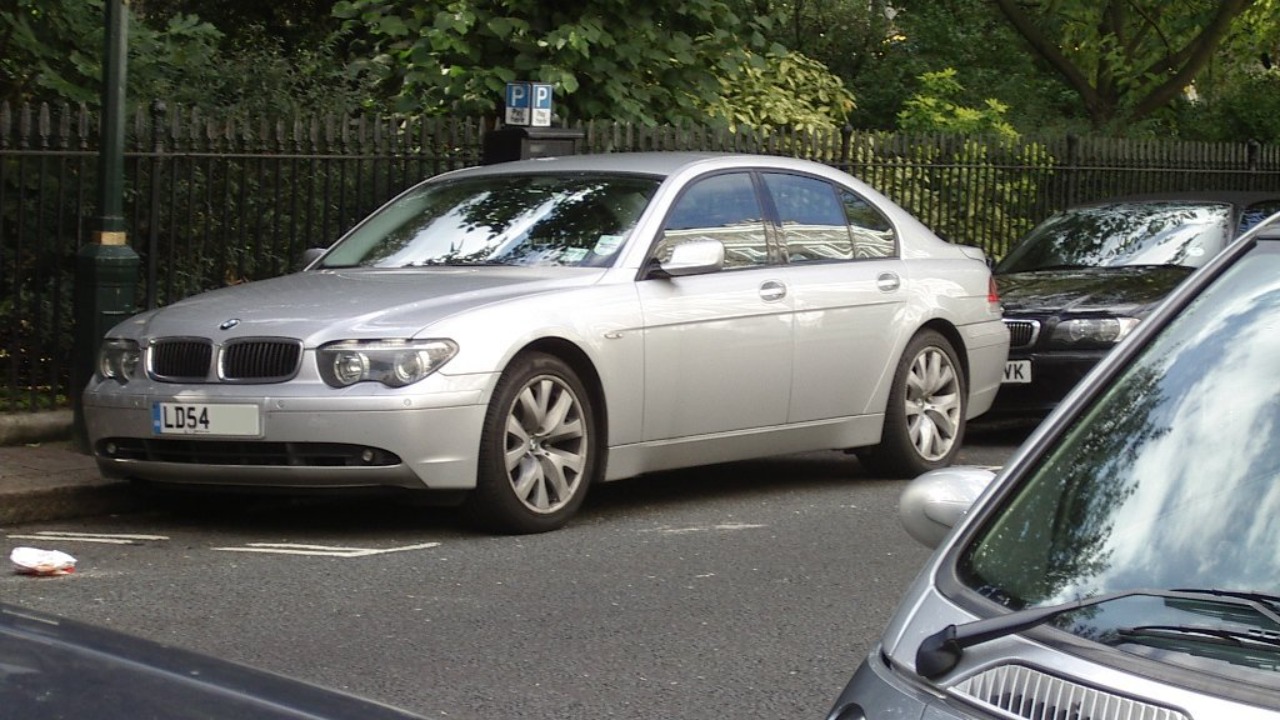
Vehicles like the 2010 BMW 7 Series or 2012 Mercedes-Benz S-Class are often praised for their luxurious features and smooth rides. However, European luxury sedans are notorious for complex electrical systems and expensive parts. Mechanics often encounter difficulties with these vehicles due to their intricate designs and the need for specialized tools. Plus, the cost of parts can be prohibitive, making repairs both time-consuming and costly.
Compact Hybrids
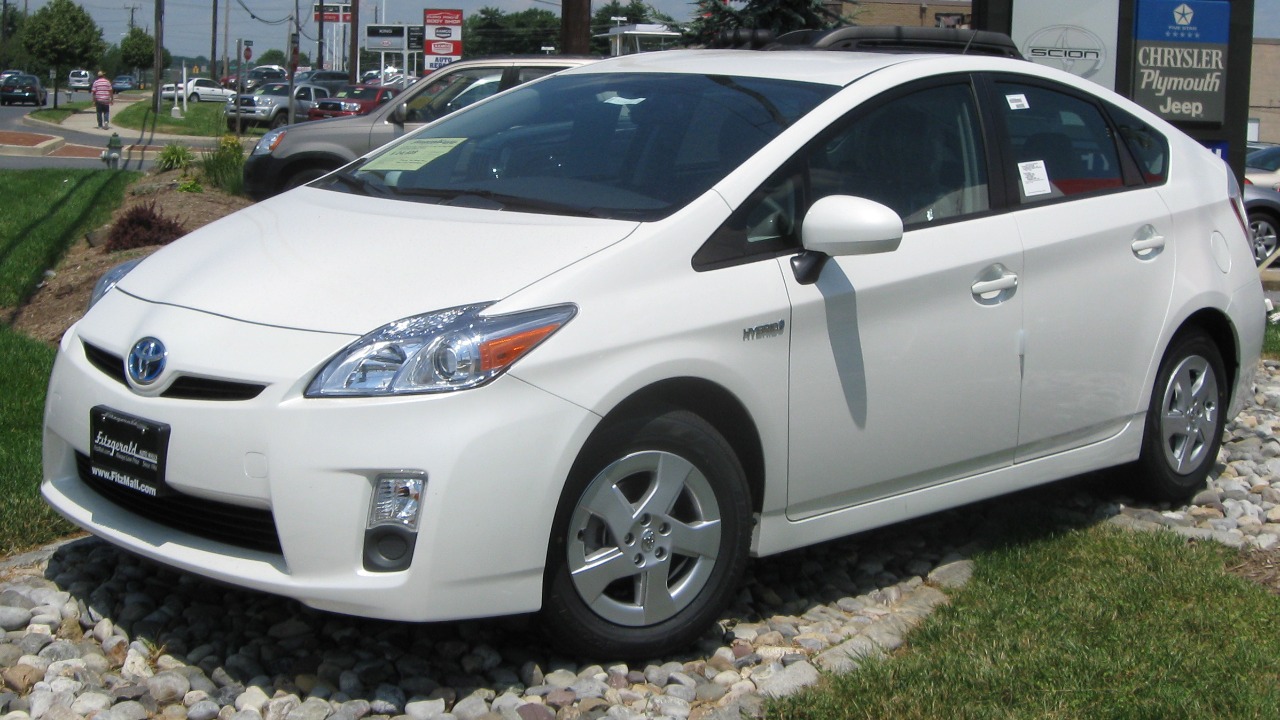
Compact hybrids like the 2010 Toyota Prius or 2011 Honda Insight offer excellent fuel efficiency but present unique challenges in the repair shop. These vehicles often require mechanics to deal with complex battery systems and electronic components. According to industry insights, mechanics may find themselves spending extra hours diagnosing and repairing these systems, making them less favorable to work on.
High-Performance Sports Cars
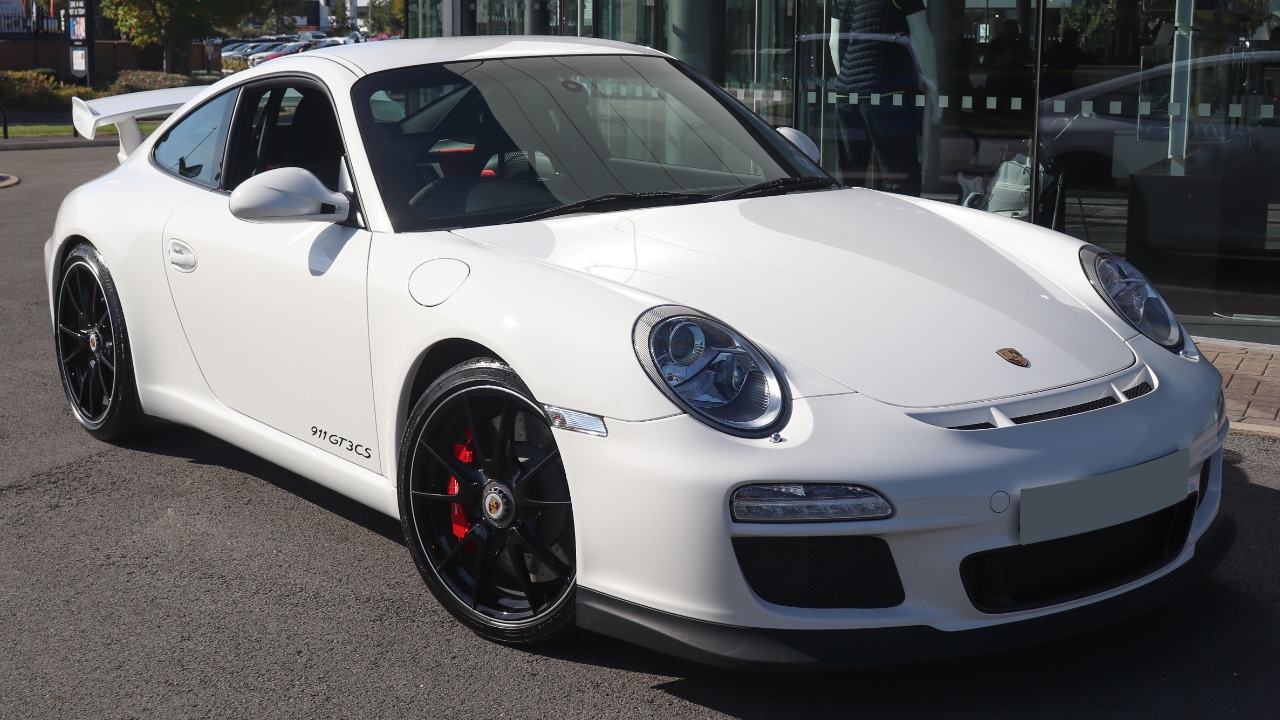
The thrill of driving a 2012 Ferrari 458 Italia or a 2010 Porsche 911 is undeniable, yet these high-performance sports cars are a headache for many mechanics. The precision engineering that makes these cars fast and agile also makes them complicated to repair. Working on these vehicles often requires specialized knowledge and tools, and mistakes can be costly. The pressure to maintain performance standards adds another layer of difficulty.
Older Diesel Trucks
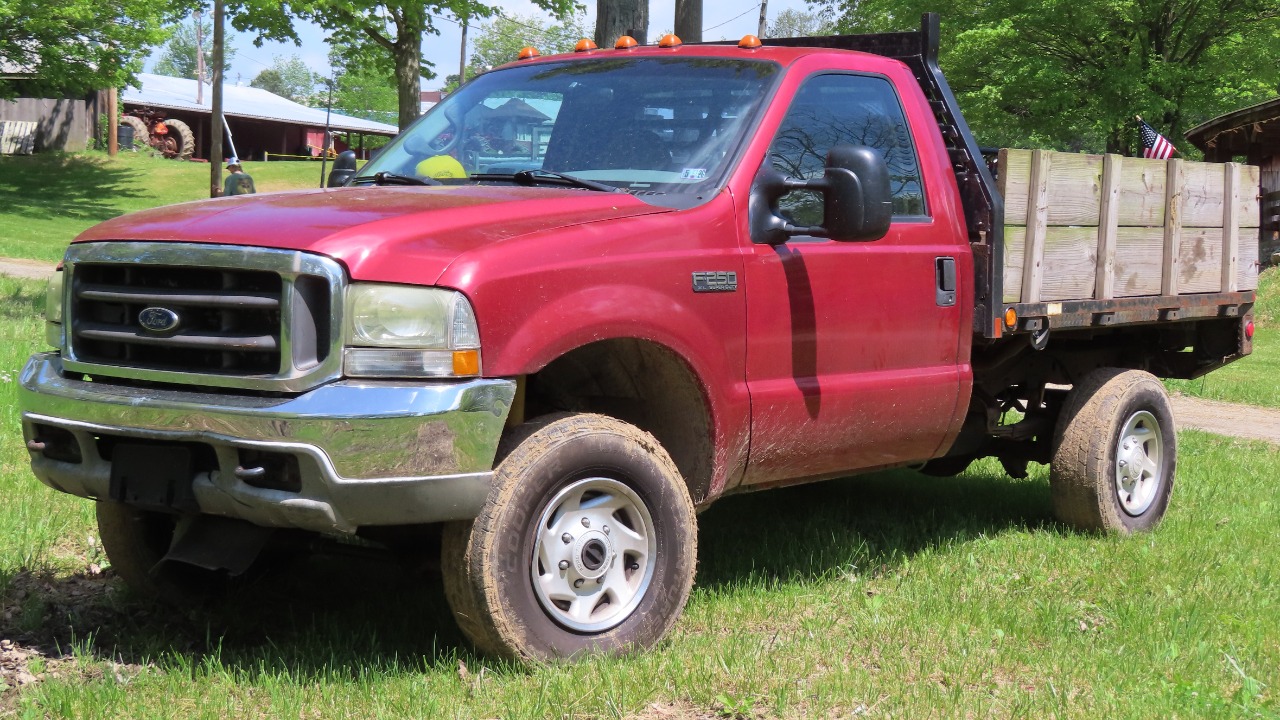
Diesel trucks from the early 2000s, like the 2001 Ford F-250, are workhorses but pose significant challenges in the shop. Older diesel engines are known for their durability, but they can be difficult to diagnose and repair due to outdated technology. Mechanics often struggle with finding replacement parts and dealing with emission standards that have evolved over the years.
Electric Vehicles with Limited Parts Availability

Electric vehicles (EVs) like the early Nissan Leaf models are praised for their eco-friendliness and quiet operation. However, limited parts availability can make repairs difficult. Mechanics face challenges when sourcing parts that are not widely available, leading to longer repair times. As EV technology evolves, the need for specialized training and knowledge further complicates repair work.
Imported Minivans

Minivans like the 2010 Toyota Sienna or 2011 Kia Sedona cater to families with their spacious interiors and practical features. Despite their popularity, imported minivans can be a hassle for mechanics due to the difficulty in sourcing parts and the unique engineering found in some models. According to industry reports, these challenges can lead to increased labor costs and longer repair times.
Classic Cars with Custom Modifications
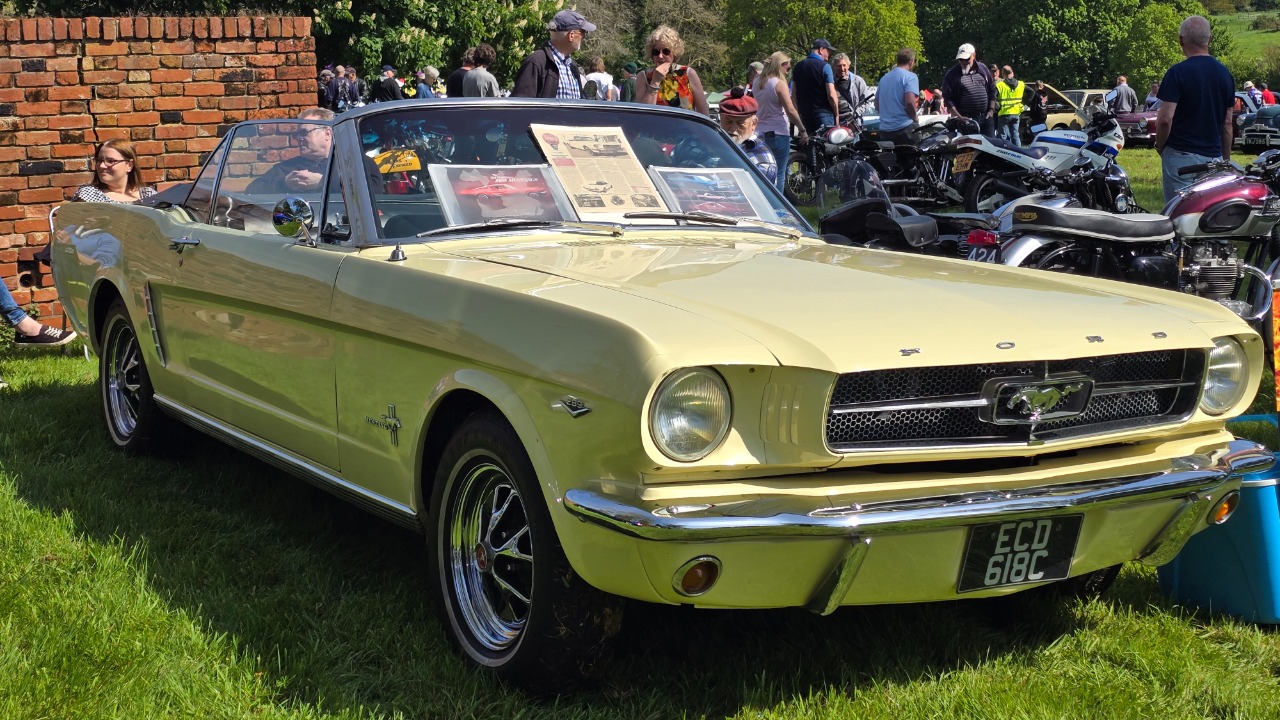
Classic cars like the 1967 Ford Mustang or 1970 Chevrolet Camaro evoke a sense of nostalgia and are often customized by their owners. While these vehicles can be a joy to own, they are not as enjoyable for mechanics to work on. Custom modifications often mean that standard repair procedures do not apply, requiring mechanics to spend additional time troubleshooting and fabricating solutions. This unpredictability makes them a less desirable job in the repair shop.